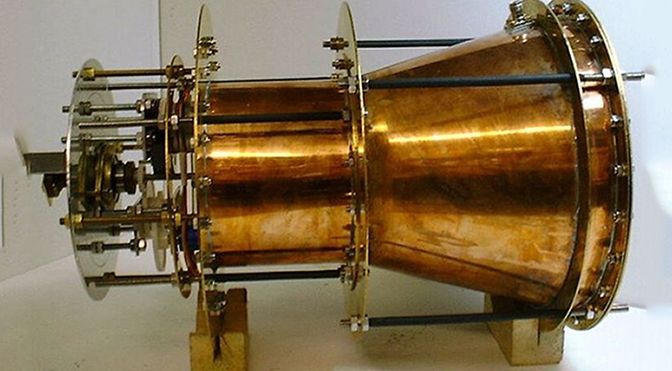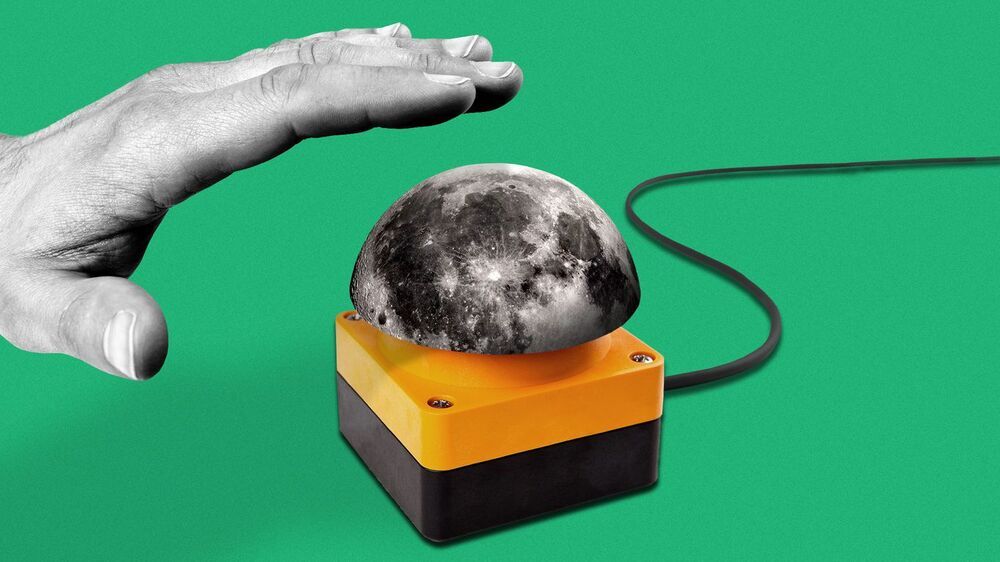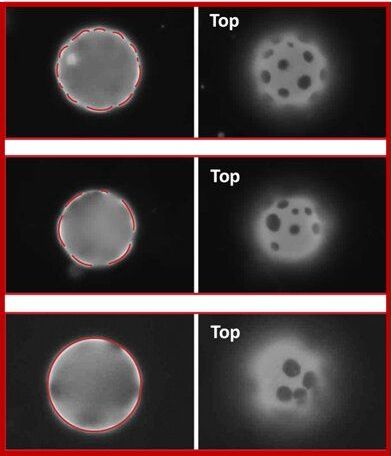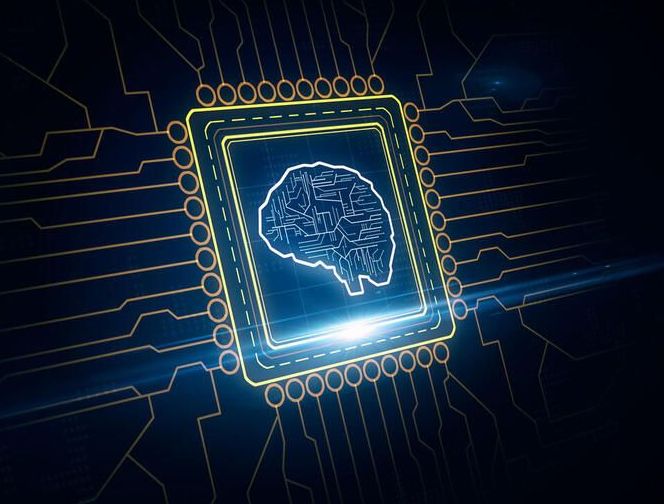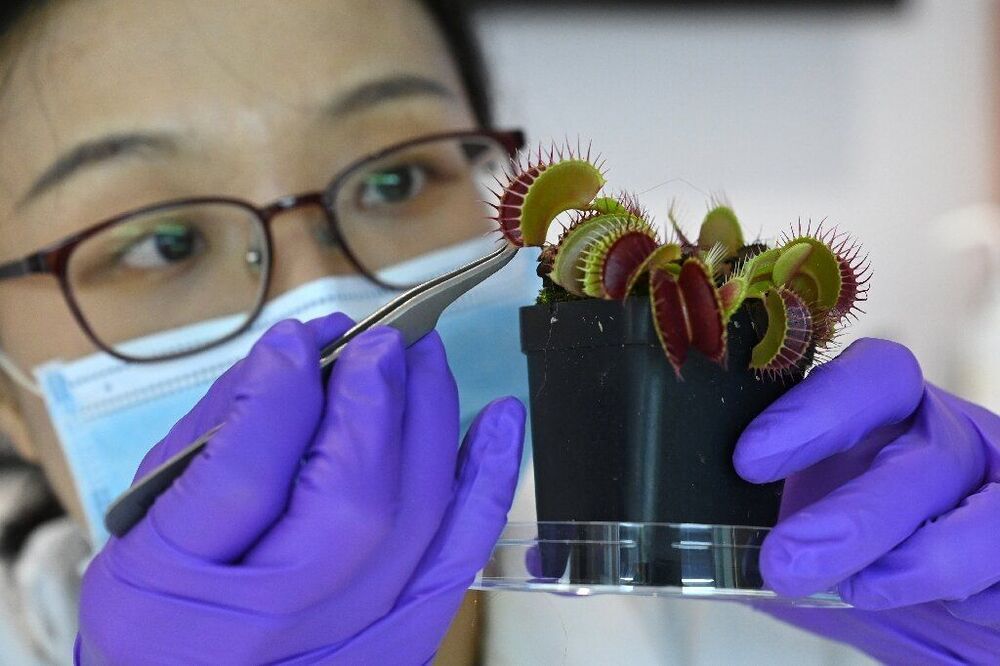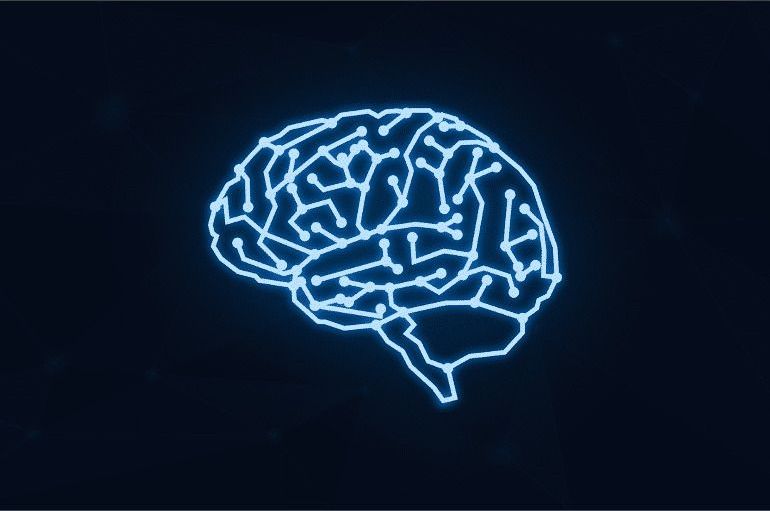For some of us—isolates, happy in the dark—code is therapy, an escape and a path to hope in a troubled world.
Page 5541
Apr 6, 2021
Humans Were Apex Predators for Two Million Years – Our Stone Age Ancestors Mostly Ate Meat
Posted by Quinn Sena in categories: evolution, existential risks, food, genetics, military
Researchers at Tel Aviv University were able to reconstruct the nutrition of stone age humans.
In a paper published in the Yearbook of the American Physical Anthropology Association, Dr. Miki Ben-Dor and Prof. Ran Barkai of the Jacob M. Alkov Department of Archaeology at Tel Aviv University, together with Raphael Sirtoli of Portugal, show that humans were an apex predator for about two million years. Only the extinction of larger animals (megafauna) in various parts of the world, and the decline of animal food sources toward the end of the stone age, led humans to gradually increase the vegetable element in their nutrition, until finally they had no choice but to domesticate both plants and animals — and became farmers.
“So far, attempts to reconstruct the diet of stone-age humans were mostly based on comparisons to 20th century hunter-gatherer societies,” explains Dr. Ben-Dor. “This comparison is futile, however, because two million years ago hunter-gatherer societies could hunt and consume elephants and other large animals — while today’s hunter gatherers do not have access to such bounty. The entire ecosystem has changed, and conditions cannot be compared. We decided to use other methods to reconstruct the diet of stone-age humans: to examine the memory preserved in our own bodies, our metabolism, genetics, and physical build. Human behavior changes rapidly, but evolution is slow. The body remembers.”
Apr 6, 2021
‘Impossible’ EmDrive Actually Is Impossible, Comprehensive Test Shows
Posted by Quinn Sena in categories: chemistry, cosmology, quantum physics, space travel
Humanity has come a long way in understanding the universe. We’ve got a physical framework that mostly matches our observations, and new technologies have allowed us to analyze the Big Bang and take photos of black holes. But the hypothetical EmDrive rocket engine threatened to upend what we knew about physics… if it worked. After the latest round of testing, we can say with a high degree of certainty that it doesn’t.
If you have memories from the 90s, you probably remember the interest in cold fusion, a supposed chemical process that could produce energy from fusion at room temperature instead of millions of degrees (pick your favorite scale, the numbers are all huge). The EmDrive is basically cold fusion for the 21st century. First proposed in 2001, the EmDrive uses an asymmetrical resonator cavity inside which electromagnetic energy can bounce around. There’s no exhaust, but proponents claim the EmDrive generates thrust.
The idea behind the EmDrive is that the tapered shape of the cavity would reflect radiation in such a way that there was a larger net force exerted on the resonator at one end. Thus, an object could use this “engine” for hyper-efficient propulsion. That would be a direct violation of the conservation of momentum. Interest in the EmDrive was scattered until 2016 when NASA’s Eagelworks lab built a prototype and tested it. According to the team, they detected a small but measurable net force, and that got people interested.
Apr 6, 2021
Doctors Have Reported an Extremely Rare Case of a Person Who Urinates Alcohol
Posted by Quinn Sena in category: biotech/medical
A woman in Pittsburgh has become the first documented case in a living person of an unusual medical condition where alcohol naturally brews in the bladder from the fermentation of yeast.
The condition, which researchers propose to call either ‘bladder fermentation syndrome’ or ‘urinary auto-brewery syndrome’, is similar to another incredibly rare condition, auto-brewery syndrome, where simply ingesting carbohydrates can be enough to make you inebriated, even without consuming any alcohol via regular means.
In the case, doctors became aware of what seems to be a related syndrome, after attending upon a 61-year-old patient who presented with liver damage and poorly controlled diabetes.
Apr 6, 2021
A reality TV show in development would send a contestant to orbit
Posted by Genevieve Klien in categories: neuroscience, space travel
The competition will focus on testing the participants’ physical and mental strength in preparation for spaceflight.
Apr 6, 2021
Display Driver Chip Shortage Leads to Delays for Pretty Much Everything
Posted by Genevieve Klien in category: computing
Bottom dollar.
Bloomberg today reported that a shortage of inexpensive display driver chips has delayed production of the LCD panels used in, well, pretty much every product category you can think of. Displays are ubiquitous, and many devices can’t function without them. But for the displays to work, they require a display driver — no, not Nvidia or AMD display drivers, those are software. We’re talking about a tiny chip that sends instructions and signals to the display.
That’s a fairly simple function, at least compared to those performed by the vastly more powerful components inside the device proper, which is why many display drivers cost $1. But a component’s price doesn’t always reflect its importance, as anyone who’s built a high-end PC, bought one of the best gaming monitors, and then realized they forgot to get a compatible cable can attest. That missing link is both cheap and vital.
Continue reading “Display Driver Chip Shortage Leads to Delays for Pretty Much Everything” »
Apr 6, 2021
Research team discovers use of elasticity to position microplates on curved 2D fluids
Posted by Saúl Morales Rodriguéz in categories: bioengineering, biological
A team of polymer science and engineering researchers at the University of Massachusetts Amherst has demonstrated for the first time that the positions of tiny, flat, solid objects integrated in nanometrically thin membranes—resembling those of biological cells—can be controlled by mechanically varying the elastic forces in the membrane itself. This research milestone is a significant step toward the goal of creating ultrathin flexible materials that self-organize and respond immediately to mechanical force.
The team has discovered that rigid solid plates in biomimetic fluid membranes experience interactions that are qualitatively different from those of biological components in cell membranes. In cell membranes, fluid domains or adherent viruses experience either attractions or repulsions, but not both, says Weiyue Xin, lead author of the paper detailing the research, which recently appeared in Science Advances. But in order to precisely position solid objects in a membrane, both attractive and repulsive forces must be available, adds Maria Santore, a professor of polymer science and engineering at UMass. In the Santore Lab at UMass, Xin used giant unilamellar vesicles, or GUVs, which are cell-like membrane sacks, to probe the interactions between solid objects in a thin, sheet-like material. Like biological cells, GUVs have fluid membranes and form a nearly spherical shape. Xin modified the GUVs so that the membranes included tiny, solid, stiff plate-like masses.
Apr 6, 2021
Why machine learning, not artificial intelligence, is the right way forward for data science
Posted by Genevieve Klien in categories: robotics/AI, science
Commentary: We like to imagine an AI-driven future, but it’s machine learning that will actually help us to progress, argues expert Michael I. Jordan.
Apr 6, 2021
Rise of the ‘robo-plants’, as scientists fuse nature with tech
Posted by Genevieve Klien in categories: biotech/medical, food, mobile phones
Remote-controlled Venus flytrap “robo-plants” and crops that tell farmers when they are hit by disease could become reality after scientists developed a high-tech system for communicating with vegetation.
Researchers in Singapore linked up plants to electrodes capable of monitoring the weak electrical pulses naturally emitted by the greenery.
The scientists used the technology to trigger a Venus flytrap to snap its jaws shut at the push of a button on a smartphone app.
Apr 6, 2021
Brain Cells Decide on Their Own When to Release Pleasure Hormone
Posted by Genevieve Klien in categories: biotech/medical, chemistry, neuroscience
Summary: Dopamine neurons largely rely on their own discharge to determine release rates of the hormone, researchers report.
Source: NYU Langone.
In addition to smoothing out wrinkles, researchers have found that the drug Botox can reveal the inner workings of the brain. A new study used it to show that feedback from individual nerve cells controls the release of dopamine, a chemical messenger involved in motivation, memory, and movement.


